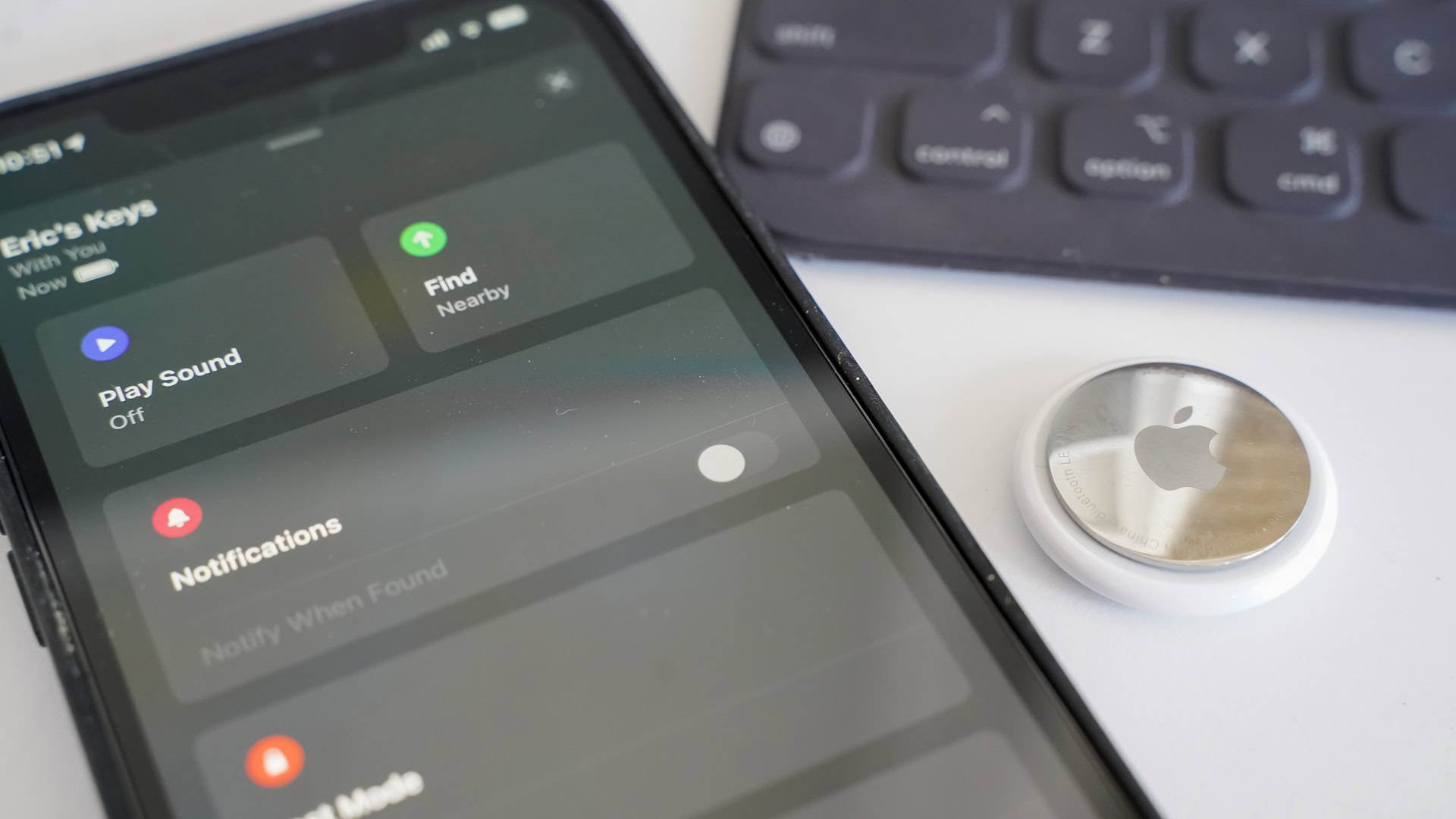Affiliate links on Android Authority may earn us a commission. Learn more.
How accurate is ultra-wideband (UWB) technology?

Ultra-wideband, or UWB, is a short-range wireless communication technology that has become popular for its ability to keep track of objects. The Apple AirTag is perhaps the most well-known application of this technology. Instead of using GPS or cellular data, AirTags use a combination of Bluetooth and UWB to accurately communicate their location to nearby iOS devices. But how well does this technology work in the real world?
THE SHORT ANSWER
Ultra-wideband offers excellent positional accuracy compared to other wireless radio technologies, in the range of two to four inches (5-10 centimeters).
How accurate is UWB tracking?
Most UWB applications, including car key fobs and smart tags, focus on the technology’s short-range capabilities. This is because it can track the position of objects with accuracy in the order of just a few inches. By contrast, Bluetooth Low Energy and Wi-Fi can only estimate an object’s location to within a few feet (around one meter).
To understand how UWB accomplishes better positional accuracy than Bluetooth, let’s take a closer look at how both technologies work.
Bluetooth-based positioning systems rely on a concept known as Received Signal Strength Indicator, or RSSI. This is essentially just a measurement of signal strength. Put simply, a Bluetooth beacon estimates how far an object is based on whether the signal is strong or weak.
Bluetooth and Wi-Fi use signal strength to estimate distance, while UWB performs time of flight calculations for better accuracy.
Ultra-Wideband technology, meanwhile, uses a completely different method called Time of Flight (ToF). In order to pinpoint an object’s location, a UWB beacon sends out frequent, short radio pulses and waits for a response. Once a pulse makes its way back, the beacon can calculate the distance based on the total time taken. All in all, it’s not too far off from how a bat uses echolocation to perceive its surroundings.
With repeated pulses every few nanoseconds, UWB can detect changes in position extremely quickly. Moreover, because radio pulses are sent out so frequently, the technology excels at motion tracking and directionality. For example, a UWB-equipped garage door can automatically unlock and open as you drive towards it. And in the context of personal tracking, your smartphone can guide you to the exact location of a lost tag.